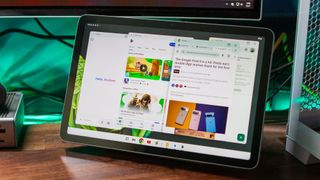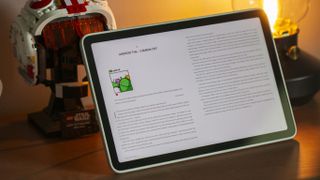Google Pixel Tablet
Latest about Google Pixel Tablet

The best Prime Day Pixel Tablet deal is back...with a vengeance
By Nicholas Sutrich published
Pixel home The Google Pixel Tablet is back down to its all-time lowest price thanks to Prime Day, and new updates make this a better choice than ever!
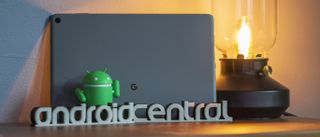
Google Pixel Tablet review: Jack of most trades, master of one
By Andrew Myrick last updated
The Chosen One It's not perfect, but I seriously can't stop finding reasons to use it.

Stop everything! The Google Pixel Tablet just crashed to a RECORD LOW price during Amazon's Labor Day sale
By Zachary David published
Pixel-Perfect Price Tag Complete your home's Pixel ecosystem with this historic deal.
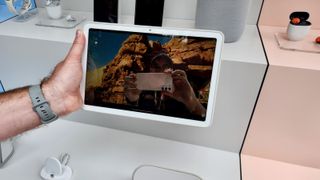
The Pixel Tablet got a major discount during Amazon's Labor Day sale, but is it still worth buying?
By Jerry Hildenbrand published
Should I buy it? There is a lot of tech out there, and new products are coming every day. It's hard to figure out which ones are worth it.
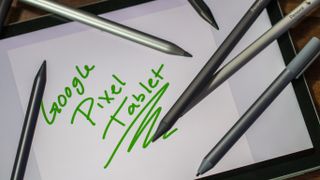
Google's canceled Pixel Tablet Pen shows up on Amazon listings
By Nandika Ravi published
Pixel Tablet Pen? Google's unreleased "Pixel Tablet's Pen" has been spotted online and is being sold through various online retailers, including Amazon, by third-party sellers.

You missed the original Pixel Tablet Prime Day sale. Don't miss this follow-up sale
By Nicholas Sutrich last updated
Prime time The Google Pixel Tablet was always begging to be a Nest Hub replacement, but its price kept it from success. Now with the Prime Day sale, it's finally on track!

Android 16 QPR1 Beta 1 starts rolling out with Material 3 Expressive
By Nandika Ravi published
New drop Android 16 QPR1 Beta 1 starts rolling out to Pixel users starting today
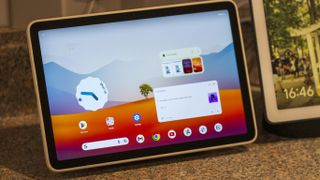
Amazon's leftover spring deals include $120 OFF the Google Pixel Tablet, but it ends soon
By Zachary David published
Pixel Tablet Savings For a limited time, Amazon is offering $120 off the Google Pixel Tablet as part of its leftover spring deals, but it isn't expected to last long.

I don't want the Pixel Tablet to die
By Andrew Myrick published
Tick-tock Since Google didn't extend the support for the Pixel Tablet, we're just about a year away from the end. I just hope Google ends up offering something to replace its best tablet.

The Google Pixel Tablet has crashed back to its Black Friday price, days before Amazon's Big Spring Sale
By Zachary David published
Pixelated Price Drops As part of Amazon's early Big Spring Sale, the Google Pixel tablet has dropped 30% in price, bringing it down to under $280.
Get the latest news from Android Central, your trusted companion in the world of Android

